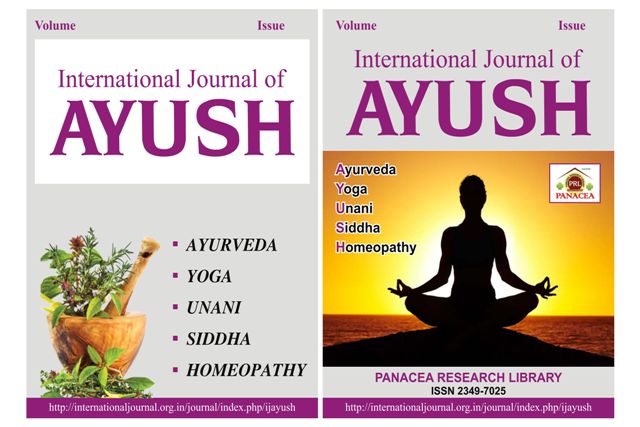HOMOEOPATHY IN THE TREATMENT OF MOLLUSCUM CONTAGIOSUM – A CASE SERIES
DOI:
https://doi.org/10.22159/prl.ijayush.v14i09.1520Keywords:
Molluscum contagiosum (MC), Homoeopathic medicine.Abstract
Background: Molluscum contagiosum (MC) is a benign viral skin infection caused by the poxvirus, characterized by small, waxy, dome-shaped papules with a central indentation. It spreads through direct skin-to-skin contact or autoinoculation, and is common in children, sexually active young adults, and immunocompromised individuals. The infection can cause complications like secondary bacterial infections or cellulitis in those with weakened immune systems. Traditional treatments, such as cryotherapy or topical agents, can be painful and lead to scarring, with frequent recurrences, particularly in vulnerable populations. Scientific evidence supporting homeopathy for MC remains limited but a few case reports offer valuable insights into the potential role of homoeopathy in managing this skin condition.
Case summary: The present case series comprises of three patients with Molluscum contagiosum lesions who attended the homoeopathic outpatient department at Babu Jagjivan Ram Memorial Hospital (BJRM hospital), E-block of Jahangir Puri in North Delhi. Each case was followed up with clinical observation and reported according to the criteria of the HOM-CASE guidelines. Assessment of homoeopathic treatment and its effect was carried out using the MONARCH criteria. Improvement in all three cases was evident from the reduction in number of lesions and associated symptoms within 2–6 months of treatment. Conclusion: This case series highlight the usefulness of individualized homoeopathic medicines in MC and a further high-quality clinical trial with larger sample size is needed to determine the effectiveness of individualized homoeopathic treatment in managing Molluscum contagiosum.



